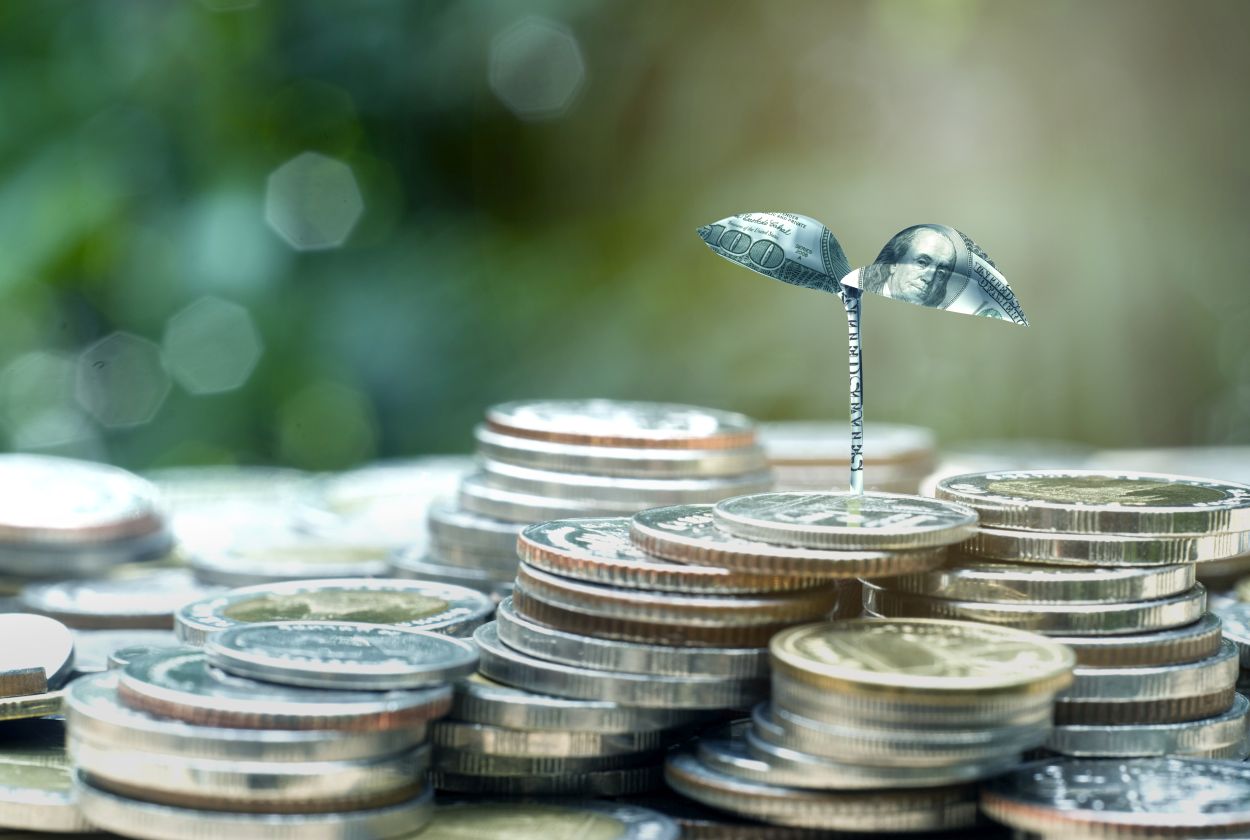The US dollar held onto a two-decade high on Friday as a broad wave of risk aversion swept through global markets, with traders playing off the prospect of a 100 basis point Fed rate hike later.
Currencies considered riskier, including the Australian dollar and the pound, have come under pressure as a flurry of negative news over the past 24 hours has weighed on sentiment.
Against a basket of its peers, the dollar rose to its highest level since September 2002, topping 109, as the US financial reporting season started on a weak note, China’s growth slowed more than expected in the second quarter, and Italy faced a new political crisis.
“Today, dollar stabilization around current levels is possible, but we continue to emphasize: a) limited opportunities for correction; b) the risk balance is still skewed upwards in the near term,” ING analysts say.
The dollar rose for the third week in a row as traders upped their bets that the Fed would go for massive tightening at its July 26-27 meeting after data on Wednesday showed US consumer price inflation rising at its fastest rate in four decades.
Those expectations were adjusted after Fed Deputy Chief Christopher Waller and St. Louis Fed President James Bullard said they were in favor of another 75 basis point hike this month despite strong inflation data.
The euro was flat at $1.0026 after rebounding from below-parity for a second day on Thursday.
The single currency fell to $0.9952 after Italian Prime Minister Mario Draghi resigned, but his proposal was rejected by the country’s president.
The Chinese yuan held at a two-month low against the dollar and looks set to post its biggest weekly drop since May, as weak data cast doubt on economic growth targets for this year.
